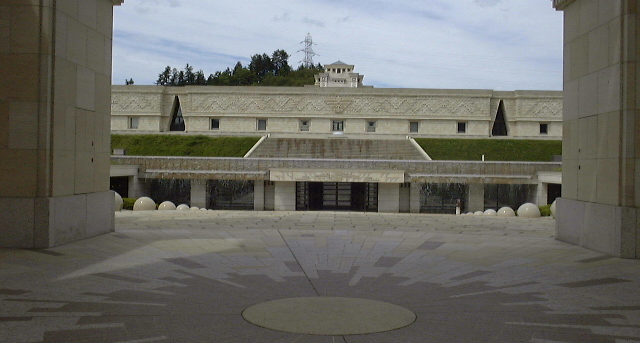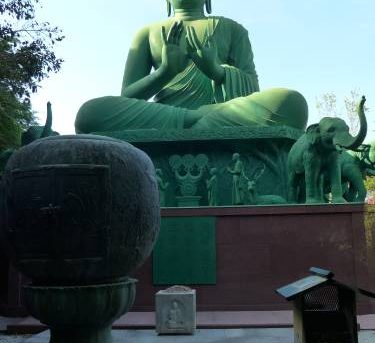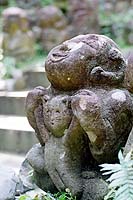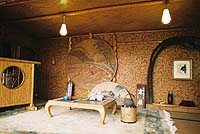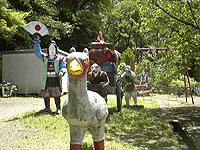There are a few memorial theme parks for the Warring States periods in Japan. I visited one of the parks – Ise-Azuchi Momoyama Cultural Village – which has since changed its name to Tomoiki-no-Kuni, Ise Ninja Kingdom, in the winter of 2008. In this park, all of the staff wore old-style Japanese kimono and welcomed us with a very high price: 7500 yen...




